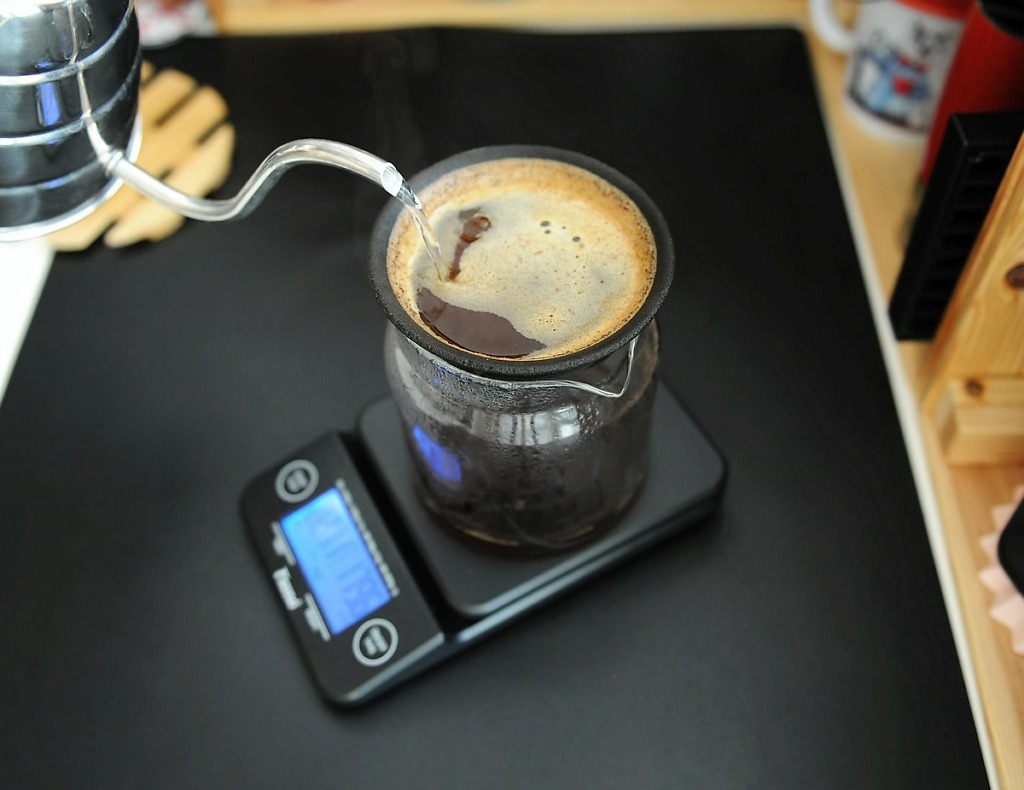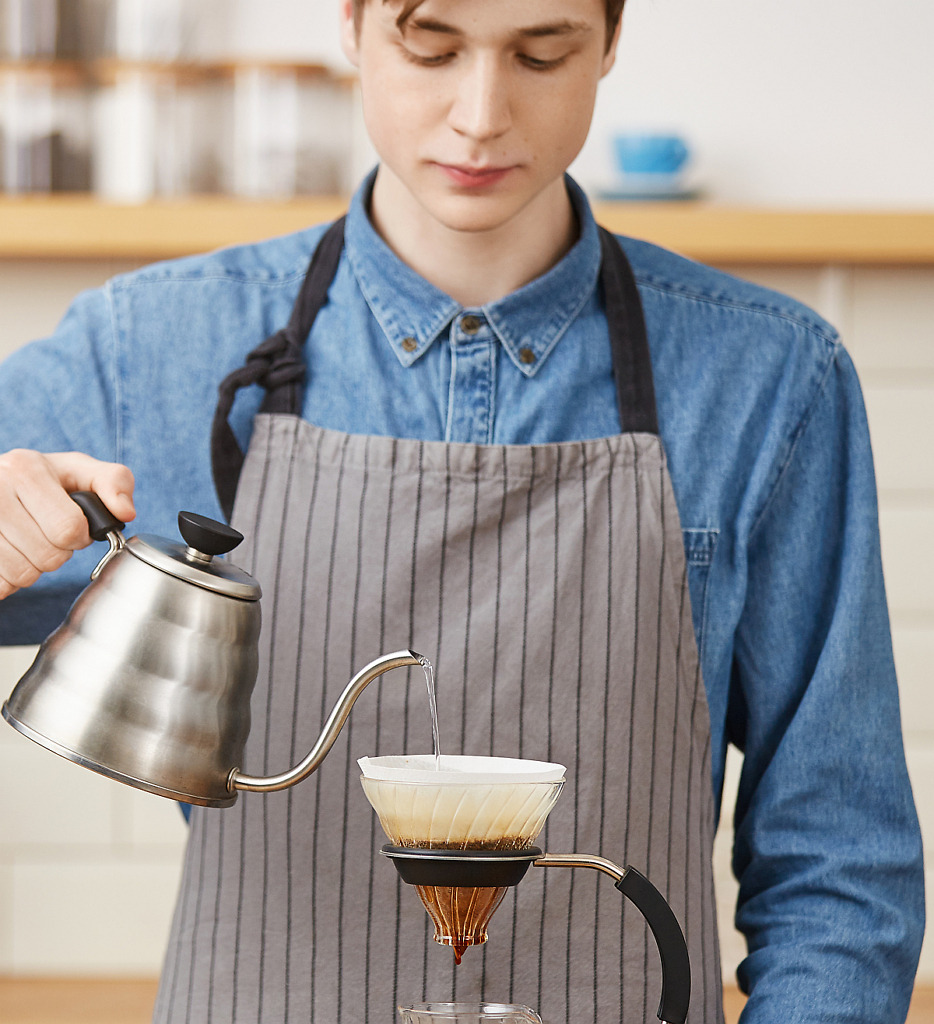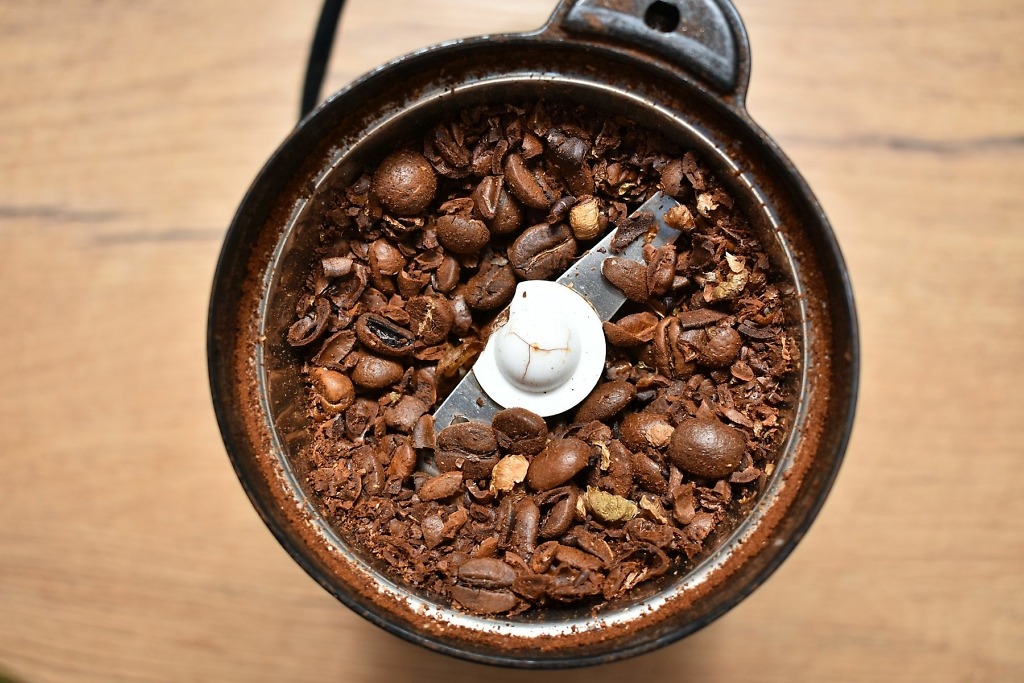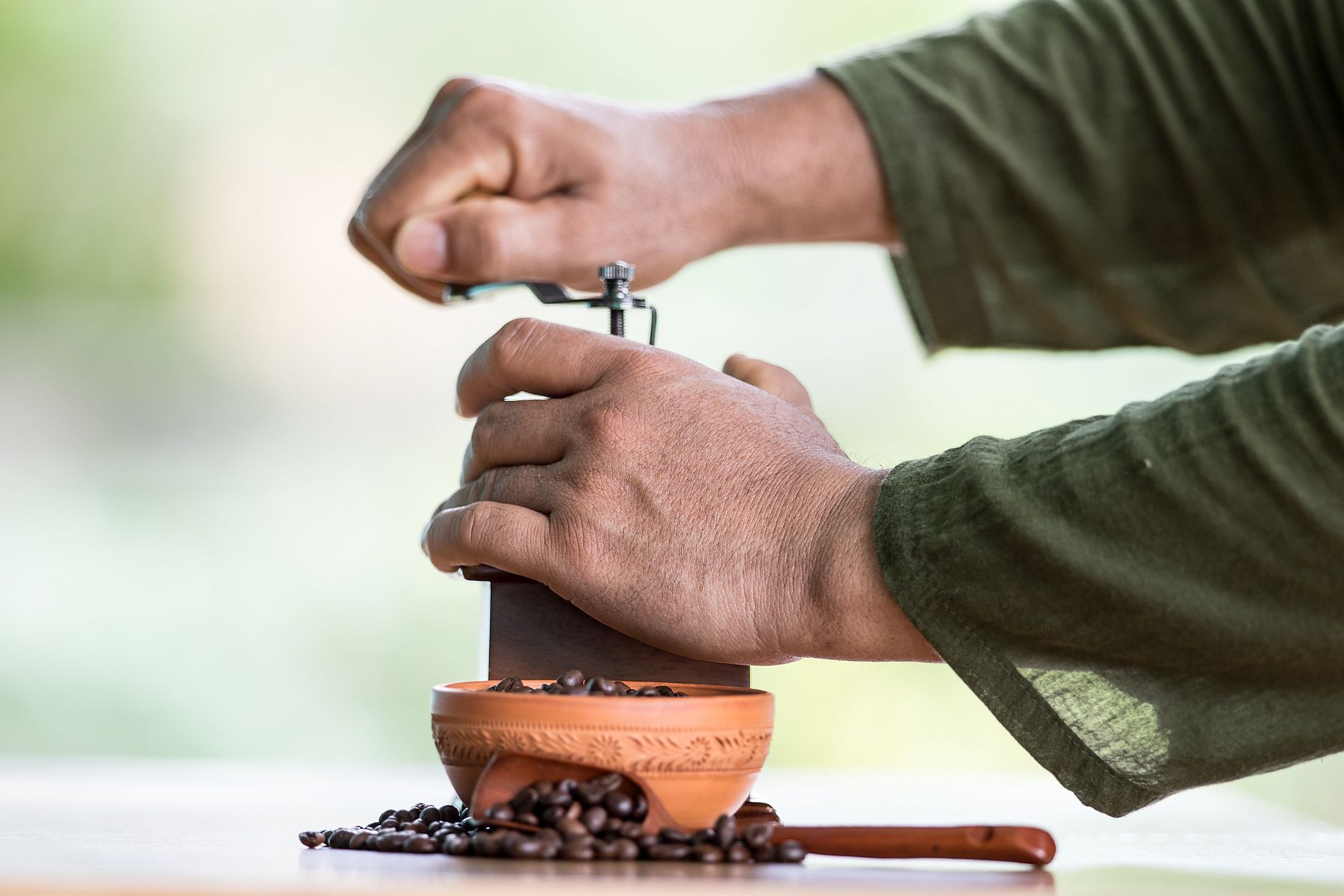If you’ve ever had the pleasure of savoring a perfectly brewed cup of drip coffee, you know that it’s an experience like no other. As someone who has spent years as a barista, I can tell you that the secret to that perfect cup lies in the details. One such detail that often doesn’t get the attention it deserves is grind size consistency. In this comprehensive guide, we’ll delve deep into why this seemingly minor factor is actually a cornerstone in brewing that perfect cup of coffee.
The Critical Role of Grind Size Consistency
Why Every Variable Matters
In the world of drip coffee, there are numerous variables to consider. Each of these variables – from the water temperature to the brewing time – plays a role in shaping the final cup. However, one of the most crucial variables is the grind size.

How Grind Size Affects Extraction
The size of the coffee particles after grinding has a direct impact on the extraction process. Extraction, in this context, refers to how quickly soluble compounds from the coffee bean dissolve into the water. A finer grind will have a larger surface area, allowing for a faster extraction. On the other hand, a coarser grind will have a smaller surface area, slowing down the extraction process.
To make things a little more complicated, the brew temperature and the extraction time are also contributing to the extraction.
For instance, with a finer grind size, you need a shorter extraction time, because coffee extracts faster. When you grind coarser, the extraction time increases.
The Pitfalls of Over-Extraction and Under-Extraction
- Over-Extraction: When you extract too much from the coffee beans, you end up with a bitter cup.
- Under-Extraction: On the opposite end, extracting too little from the coffee beans results in a weak or sour cup.
Great coffee brewing is almost a miracle. You will always get some bitterness, because two of the most important compounds in coffee are bitter. That’s caffeine and chlorogenic acid. But when you extract too much you will get bitter and tannic compounds that have no value for us as coffee lovers.
The miracle of coffee is that there is a tipping point where you have extracted all the good stuff from the beans, but almost none of the useless bitter stuff. So when baristas create recipes, they brew dozens of cups, they taste them, and adjust various factors, so that we get that perfect tipping point, with their set of brewing variables.
Undesirable compounds dissolve slower than caffeine, chlorogenic acid, the various sugars and aromatic compounds in the beans. This is perfect, because we can just adjust our brew temperature and extraction time to avoid the extraction of the bitter compounds. But what happens when we have a mix of fine and coarse ground coffee?
The mix of very fine particles and coarse particles will have different extraction times. If you adjust for the fine particles, you properly extract only the fine grounds. So part of your coffee will be under-extracted. This will be a sour coffee.
If you adjust for the coarser particles, you will have to extract longer, then your fine particles will over-extract, making a bitter cup.
Sometimes, you can even get a coffee that is bitter and sour, a far cry from the balanced brew you’re aiming for.

The Science Behind Perfect Coffee Extraction
The Sequence of Coffee Extraction
When coffee grounds come into contact with hot water, various compounds start to dissolve. The first compounds to dissolve are aromatic ones, followed by caffeine, and finally, the less desirable bitter compounds. The rate at which these compounds dissolve is significantly influenced by the grind size.
The Necessity of Uniform Grind Size
Uniform grind size is crucial for achieving a balanced extraction. It ensures that each coffee particle is exposed to water in a similar manner, allowing for a consistent rate of extraction. This means you get to enjoy the full spectrum of flavors without tipping into the realms of over-extraction or under-extraction.
The Role of Personal Preferences in Coffee Brewing
Tailoring Your Brew
Science can provide guidelines, but coffee brewing is not a one-size-fits-all endeavor. Personal preference plays a significant role in determining what you consider a “perfect” cup.
I know people who like a bitter cup. They find that extra bitterness pleasant, and the absence of it is just not satisfying in a cup.
There is also a trend in coffee to roast the beans very light. A lighter roast will be more acidic than darker ones, and the extraction is much lower than with dark roasts.
Expert Tips for Achieving Consistent Grinds

- Invest in a Quality Grinder: The first step is to invest in a good quality grinder. Burr grinders are generally more reliable than blade grinders when it comes to achieving a uniform grind size.
- Regular Maintenance is Key: A clean grinder is a happy grinder. Old coffee particles can stick to the grinder, affecting its performance and, consequently, the consistency of your grinds.
- Be a Coffee Scientist: Don’t be afraid to experiment with different grind sizes and brewing times. However, make sure to adjust only one variable at a time so you can isolate its effect on the brew.
The most important note point here is to get a decent grinder. Drip coffee is more forgiving than other coffee brewing methods, from this perspective. If you have a decent burr grinder, you should be fine with some fines in your dripper. However, stay away from blade grinders as they cannot grind uniformly. Moreover, you won’t be able to control the grind size either.
Conclusion: Elevate Your Coffee Game Through Grind Consistency
Grind size consistency is not just a minor detail; it’s a cornerstone of quality brewing. Understanding its importance and how it interacts with other variables can significantly elevate your coffee brewing game. So invest in a quality grinder, maintain it well, and embrace the joy of experimentation. Your journey to the perfect cup of coffee is just a consistent grind away.
